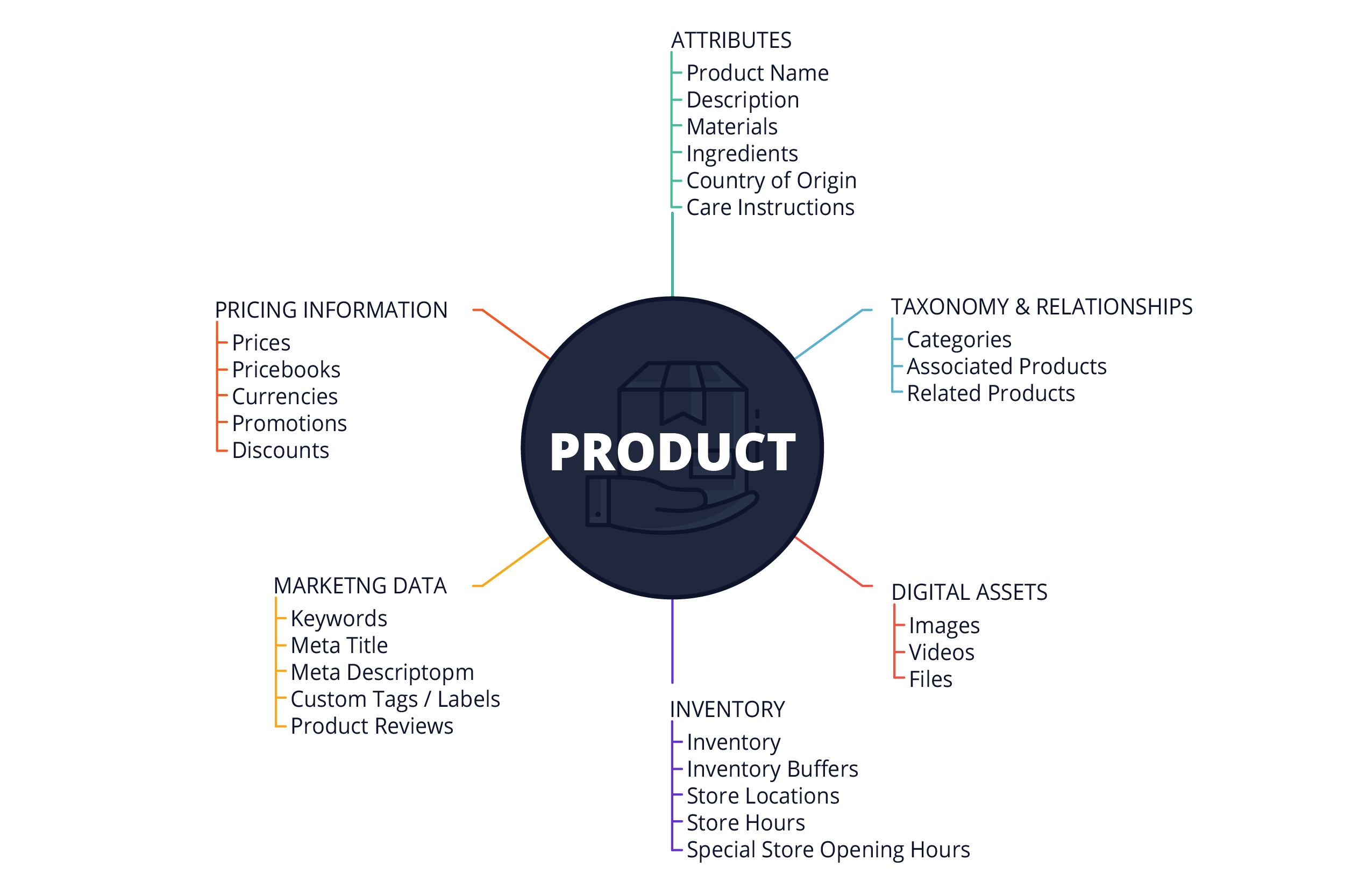REPLATFORMING
Keeping Momentum
As companies get ready to re-platform there is often fear of downtime or disruptions. Taking the time at the beginning of your replatforming journey to find the technology that can help make the whole process smoother allows you to keep momentum with all your marketing efforts, without the fear of losing out on any customer engagement.
Smooth is fast: how PIM helps you keep momentum when re-platforming
“This is the last platform you’ll ever need!” Fairy tale or famous last words? Try as you might, eCommerce platform migration is often an unavoidable part of a business – and brings inevitable hurdles.
Perhaps the most daunting of these hurdles is product data migration. It can be time-consuming and costly to get right, fraught with worries of missed sales and lost momentum. But that needn’t be the case. Because with intelligent use of a PIM, migrating your product data is fast and straightforward, making maintaining your momentum much more achievable.

The dangers of overlooking your product data migration
Ideally, you would have a year to plan, an allotted budget to play with, and clearly defined goals to see you through your migration project. Unfortunately, re-platforming projects are rarely the subject of foresight and are a necessity born of financial, technical, marketing or scale issues.
As a result, transferring your product data (and category and customer data, for that matter) often gets shunted to the bottom of the ‘to-do’ list. But oh boy, is that silly. Because without due care and attention, you can suffer from:
- Incorrect product mapping
- Incomplete or inaccurate product data (sizes, styles, inventory etc.)
- Missing product images
- Mismatched customer data (order history, address, account credentials)
- Poor syncing with your ERP or POS
- Inaccurate product recommendations
- Inability to connect product data to customer comms
Inaccurate and incorrect product data negatively impacts areas across your business, from customer experience to your company’s bank balance. To put that in perspective:
- Bad data directly impacts the bottom line of 88% of companies
- The average company loses around 12% of its total revenue on data issues
- Companies lose an average of $15 million a year from missed sales opportunities, fire-fighting projects, and high product returns caused by bad data
- Product returns, specifically, cost businesses $550 billion globally in 2020
- 64% of those returns can be attributed to incorrect product information as the primary cause
In short, poor product data leads to a world of pain for your business. PIM, however, might be the solution you need.
Why re-platforming is the perfect time to adopt PIM
Yes – we urge you to add more tech as you re-platform. Adopting PIM now will make your migration process quicker and easier.
First, the speed bit. The usual 10 step process in migrating to a new eCommerce platform, from the outline to all the fiddly bits in the middle (the testing, the launching, and the monitoring), makes for sloooow progress. And speed is important because the longer your re-platforming project drags on, the longer your attention is diverted from pleasing your customers and selling your products.
PIM won’t eliminate all of those steps, but it will make a couple of crucial ones much faster. Namely, backing up and migrating your data. Which will have a profound positive impact on your ability to keep up with ‘business as usual’.
Second, the simplifying bit. Product data, especially, is intricate and nuanced. Moving it across systems requires herculean feats of patience, endurance and attention to detail. Before you can hit the big red ‘upload’ button, you and your teams will likely have to gather, collate, clean, enrich, check, and check again all the product information from across your business.
PIM technology reduces this monumental task to something far, far more manageable. It creates a centralised place to collect, standardise, enrich, contextualise, and distribute your product information. Pump it in, clean it up, pump it out.

Less fiddling with data, more forward momentum
Spending a significant amount of time on one platform means you will have moulded your product data to fit into whatever structure that platform provided you. Over time, this results in strange logic building up inside your product data, or tangent to it, which is no longer of use to you in a new system with better data handling.
Moving to a new system is a chance for you to a) trim your data into its best form, and b) think about your product data structure and what you’re bringing over. However, most businesses struggle to agree on how to standardise their data, let alone how to fix it.
Fortunately, PIM can help. Product information management technologies will take care of the tasks associated with standardisation, categorisation, and enrichment, leaving fewer fiddly decisions for you and your team to argue over and implement.
As a result, you can focus your efforts on the areas that keep your momentum going forward, like marketing and creating compelling product descriptions that build emotional connections with consumers to keep them buying.
PIM makes data migration smooth and smooth is fast
To minimise any negative impact a re-platforming project may have on your business, you need to keep you moving forward. But issues that cutover from your old platform to your new one can stop your forward motion in its tracks. If you need to duplicate all of your eCommerce information in your new eCom instance, that data and system are essentially frozen while you continue the rest of the upgrade.
Such issues can cause you to resort to manual processes, which will only increase the likelihood of delays and problems when you go live.
However, using PIM to enrich and export your product data from one system to another removes this issue. The process goes a little like this:
- Amalgamate and store data from your internal and external sources in one place
- Standardise and enrich this data, creating a single source of truth
- Pump your clean, enriched product information to your new platform in the format it needs to be in
PIM takes a hefty manual burden off your product and marketing teams, allowing them to dedicate their precious time elsewhere and speed up the migration process. Less manual burden means that you can avoid errors and difficulties much easier, and you ensure your customers get the best information available.
In 2022, there’s rarely an excuse for manual data efforts. Leave those spreadsheets alone.
If you’re particularly enamoured with your new platform, you may be tempted to throw caution to the wind and decide to use its ‘PIMish’ functionality to handle the data for your migration. Or maybe even your ERP. But reader beware – it’s incredibly unlikely that your platform has the capabilities to support robust product information. Ask it to do something it’s not designed to do, and soon you’ll be ending up right back here again. Another re-platform project or costly customisation, escaping another burden of a platform.
Don’t sleep on PIM software
PIM systems guarantee that the data you feed into your digital commerce platforms is clean, structured, enriched, and customer-friendly. Picking a PIM at the right time is actually the easy bit. There’s never a bad time to choose a PIM, but if there were ever a perfect time, it would be before your next big re-platforming project. Or any project that involves your product data, really.
What PIM you pick is equally as important. Whatever you choose, ensure it’s the most resilient option for your business in the long run. Approach the choice with as much care as how you chose your new platform, and you’ll rarely go wrong.
Comestri’s platform brings together PIM, OMS and ecommerce product information solutions. We specialise in helping you consolidate, orchestrate, and publish product information wherever customers touch your brand.
Like to know more?

